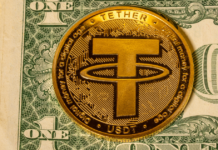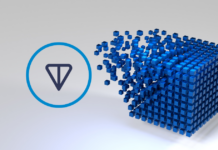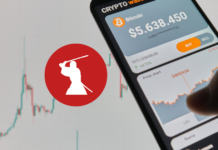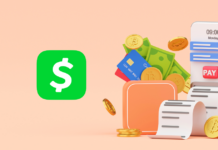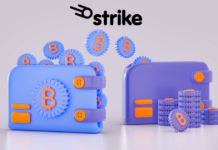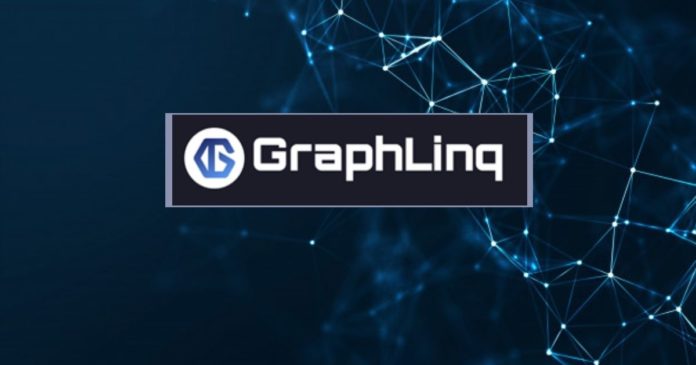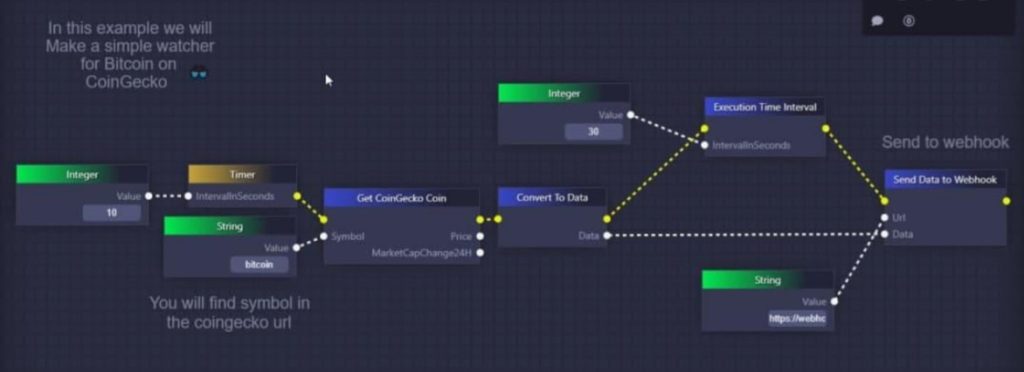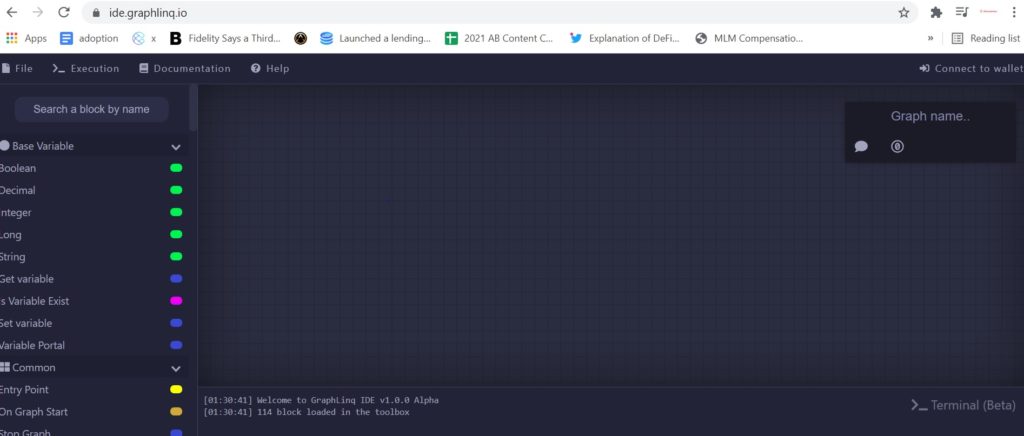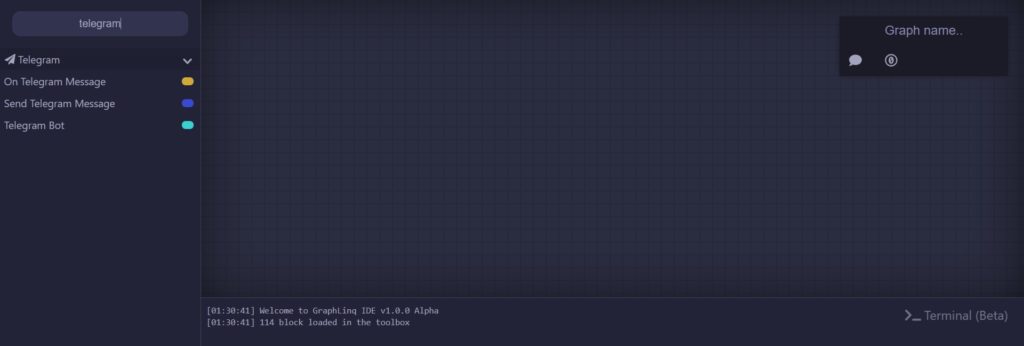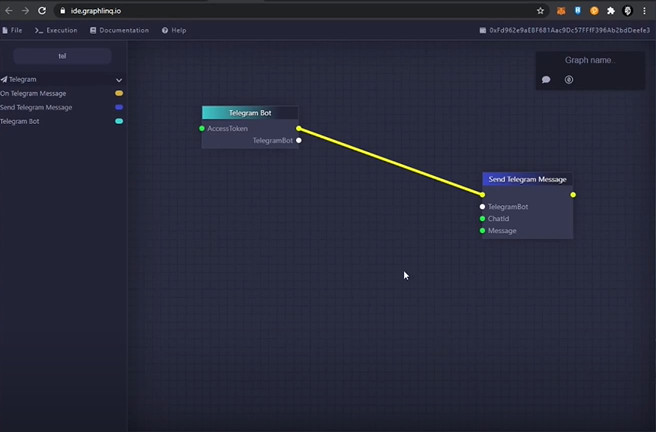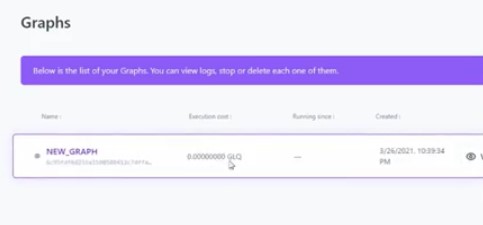GraphLinq, the project that aims to build a gateway to automated blockchain functionalities is opening the world of blockchain data to everyday users. It promises to facilitate easy reading of blockchain data and smart execution of transactions without getting stuck on technical matters. Thus, even the non-coders can create, update or view blockchain data just like a third part exchange. In short GraphLinq Protocol is a set of tools including a multi-chain engine and integrated development environment (IDE) that facilitates effortless interfacing of blockchain.
Simply put, a user who wants to fetch data from a decentralized or centralized stream can do so without actually having to write a single piece of code. The user can then send this data to the telegram, webhook, discord, or a trading bot. Thus, with the help of GraphLinq protocol, anything and everything can be automated to suit users’ trading, DeFi, and similar needs.
What is the need for data visualization?
Data plays a key role in the real-world application of blockchain application. However, in a blockchain, the data is distributed, and the analysis of this data is facilitated by data visualization tools. Effectively, this delivers an interactive data experience.
What is the concept of graphs?
All the capabilities promised by GraphLinq are accomplished by using graphs. Basically, the graphs are a group of nodes that help automate on-chain and off-chain tasks. Interestingly, the graphs can be built by connecting ready-to-use block codes with a simple drag-and-drop plug-in. For the deployment of the graph the users can import the .glq file using the IDE tool. Once the file is imported, the file can be executed on the network using the engine tool. GraphLinq is right now built on top of the Ethereum network. However, by the end of 2021, the project plans to roll out its own Proof Of Stake Blockchain.
How easy is it to create graphs using GraphLinq?
- GraphLinq Engine – The engine uses threads to share the state of the different network streams. Basically, these threads are graphs running over their own context.
- Graphs – The users can create graphs by simple drag and drop plugins. For every graph execution, a unique has is linked to it.
Look at the graph below that picks up Bitcoin Marketcap Change data from Coingecko and sends this data to Webhook.
Source: https://graphlinq.io/litepaper.pdf
Any user can set cycle, timer, or network flux streams to interrupt graphs. Thus, based on these inputs the graphs are executed, paused and exited. Furthermore, the graphs can be scheduled for multiple auto-runs.
Each graph has a cost of execution
To keep the Engine running and protocol available, there is a cost of execution associated. This cost is calculated by block price. This is where GLQ, the role of GraphLinq token comes into play. While GLQ is used to pay the execution cost of running the graphs over the Engine tool, it has a variety of other functions and use cases in the GraphLinq network.
- The first-time platform users can use GLQ to make a transaction within the protocol.
- GLQ holders receive exclusive governance rights.
- Token owners can pitch to make new block additions and help determine the ecosystem’s execution fees in the future.
- GLQ is used to maintain a graph. This is used to keep the started graphs running.
Interestingly, all the tokens spent to keep the graphs running are then burned from the total supply. As a result, the total token amount will reduce over time and will help GraphLinq maintain a fixed level of dollar worth of execution.
How safe is GraphLinq?
GraphLinq off-chains the blockchain data. How can a user trust the data? To ensure data safety, every piece of information derived from a centralized or decentralized network is placed safely in the Engine database storage. The engine infrastructure is built on Kubernetes pods which runs on multiple servers based on AWS (Amazon Web Services) clouds. This ensures the engine runs with high availability access and 99.99% uptime.
Thus, a company like Zapier.com can use GraphLinq to automate tasks from chain data in an effortless and secure manner without coding at all.
Make, Test, and Launch your IDE
The GraphLinq engine has a two-layer design:
- Layer-1 is a Testnet that is used to test the graphs before the users send these graphs to the apps available on the app platform. This layer attracts no execution cost and the graphs can be tested for free. But this layer has limited possibilities and activities.
- Layer-2 is a Mainnet that allows platform users to run graphs in production with a small gas fee.
Layer-1 TestNet Review
To test a graph, GraphLinq provides users an IDE that can be used at zero cost. Here is the screenshot of how the IDE looks like.
- On the left-hand side of the screen is a list of blocks that are ready to use pieces of code. A user can search the block for which he wants to create a graph.
- Let say a user wants to create a graph for Telegram. He can search Telegram in the blocks and drag and drop the plugins to build a flow.
- Once the flow is created, he can click on execution and the graph will deliver the result of execution at the bottom of the screen
Deflationary Token – Burning Fees system
To use the GraphLinq platform a user needs to have a Metamask wallet. The wallet is authenticated and authorized for use with the GraphLinq online interface. The user needs to deposit a certain amount of GLQ in a specific smart-contract. This deposit is then used to manage the cloud balance to keep the graph running.
A platform user can withdraw from this smart contract using the GraphLinq API. However, the execution cost of the graph that is executed on the mainnet will be deducted from this deposit amount. If the graph is stopped, there will be no further costs deposited from the smart-contract.
As can be seen in the screenshot below each graph execution attracts an Execution Cost associated with it which is paid in GLQ. This presents a strong use case for GLQ. All the GLQ’s collected as execution fees are then burnt and this is what helps create a deflationary model.
This means with the increasing number of users, the number of GLQ burned will go higher and the tokens will become more scarce hence a positive price action.
GLQ Price
Interestingly, GLQ price has surged by over 77.2% in the last 24 hours. It seems to be another low-cap product-ready gem that is prepping for a massive rally.
Join us on Telegram to receive free trading signals.
For more cryptocurrency news, check out the Altcoin Buzz YouTube channel.
Disclaimer
The information discussed by Altcoin Buzz is not financial advice. This is for educational and informational purposes only. Any information or strategies are thoughts and opinions relevant to accepted levels of risk tolerance of the writer/reviewers and their risk tolerance may be different than yours. We are not responsible for any losses that you may incur as a result of any investments directly or indirectly related to the information provided.
Do your own due diligence and rating before making any investments and consult your financial advisor. The researched information presented we believe to be correct and accurate however there is no guarantee or warranty as to the accuracy, timeliness, completeness. Bitcoin and other cryptocurrencies are high-risk investments so please do your due diligence. This interview, overview, or update article has been compensated for media cooperation and has been sponsored for by the interviewed or reviewed organization. Copyright Altcoin Buzz Pte Ltd. All rights reserved.


